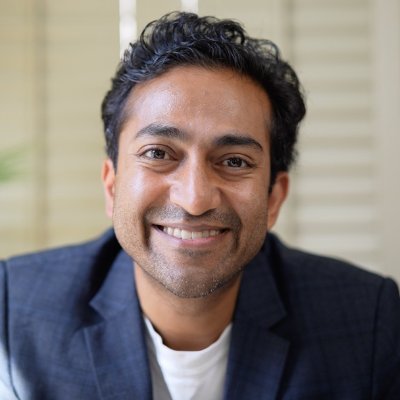Recently the Cleveland Clinic put a hold on the requirement that all healthcare workers receive the Covid-19 vaccine. There are a variety of opinions about the decision, but there is a simple empirical question at the heart of the decision: Is it better to retain or fire unvaccinated health care workers?
Consider the choice. As first pass, let’s agree the goal is to maximize patient outcomes. In other words, we should choose the policy that saves the most lives among those who seek care at our hospitals.
If you fire unvaccinated health care workers, you theoretically improve outcomes because patients are less likely to acquire nosocomial SARS-Cov-2. This improvement is going to be different for those working in an unventilated nursing home (likely larger effect size) than a tertiary hospital with good ventilation and abundant PPE.
At the same time, if you fire unvaccinated health care workers, you theoretically worsen outcomes because it helps to have a well staffed hospital. This harm is likely to be larger in a hospital system that runs closer to the margin (i.e. limit of capacity) and where more staff are unvaccinated (more to fire). For instance, firing 20% of your labor force from a small, rural hospital that is always nearly full might be more devastating to patient care than firing 2% in a large, urban, teaching hospital with redundant staffing.
When it comes to nursing homes, we have some data to provide parameters on the risk of Sars-Cov-2 acquisition to residents from unvaccinated staff (here). Of course, these estimates should be taken with a grain of salt, due to methodological limits— but they provide some ballpark.
At the same time, for regular hospitals, there is reassuring information that after initial pandemic waves, in a staff with 0% vaccination, nosocomial spread was v. low, even during periods of high community transmission. This risk will be even lower with partial vaccination, and all these estimates will be different based on different rates of natural immunity among health care providers (smaller gains if natural immunity is high). Finally, these figures will change with the emergence of variants that can infect vaccinated and boosted individuals.
When it comes to the harm of being short-staffed, the estimates become more volatile. While there is literature on doctor strikes, and I am a co-author of a paper on mortality when cardiologists go out of town, it is hard to estimate the impact of firing unvaccinated workers on patient outcomes because it is a blend of nurses, phlebotomists, RT, PT, respiratory staff, transportation, housestaff, physicians and executives/ admin, and it will vary place by place.
Also the percent of people being fired will vary from San Francisco to rural Alabama. The other factor to consider is how many hospitals there are in a region. If you short staff the only hospital for 100 miles, it is worse than one of twenty in a city that is already over-saturated, over-medicated, and over-treated. Finally, how many people resigned this month? During a great resignation, each additional body is more important.
Putting this all together: what is the right answer? Well, it depends on all these factors. Under some set of rare conditions–lots of redundant labor force, poorly ventilated nursing homes, no variants that can pierce vaccination and low natural immunity–firing might have a net health benefit.
But far more likely, in the vast majority of cases— short staffed, high numbers retiring, high natural immunity, variants piercing vax, abundant PPE, well ventilated hospitals room with little documented nosocomial spread last year— it is probably far better for patient outcomes to have more hands, even if those are unvaccinated.
As a second order pass, let’s include the health and well-being of the staff. What do each of these policies mean to the employees? There are two sets of arguments. If you exclude unvaccinated health care workers, you might make it safer for the remaining workers. (There is a pre-print coming that will give precise estimates of this effect size, which I discussed in this interview with Zeb Jamrozik.)
On the other hand, firing people from gainful employment has negative health effects on their lives, kids and family. A cynical person may claim that they these interests should not be considered, but I would disagree with such a contention. So how does this calculus now tip?
Before we consider that, let’s examine the 3rd pass consideration of this topic.
Policy should also consider the third order factors, though these are most challenging. What message does it send to continue employing unvaccinated workers? And, conversely, what message does it send to fire people who worked without fail during the worst of the pandemic? Finally, what message does it send to not offer any allowance for natural immunity? In my mind it seriously undermines trust.
On social media, the “right answer” is the moralizing one. Vaccines are good. People who don’t get them are bad. We should fire bad people, etc. etc.. This narrative bores me as it is superficial and not very rigorous.
I personally think that the first and second order should dominate the considerations, and they suggest that most systems should not fire these workers. Likely the Cleveland Clinic has analyzed the question this way, and reached my conclusion.
To me it is clear that in most cases, it is better to have the staff in your hospital than to exclude them. In the weeks to come, I think we will see some new papers may shed more light on this question.
Reposted from the author’s blog.
Join the conversation:


Published under a Creative Commons Attribution 4.0 International License
For reprints, please set the canonical link back to the original Brownstone Institute Article and Author.









